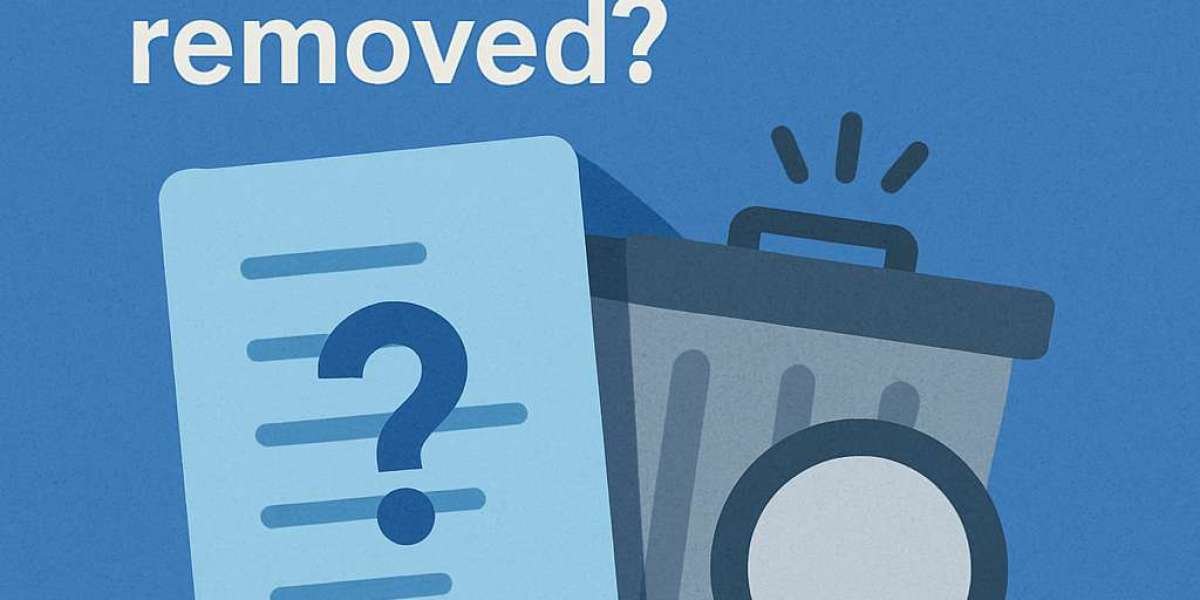In a world of digitalization, it is getting more more important to know how files are managed on storage devices to keep your privacy and data save. The question being "Can files be fully deleted?"," as users on the platform are concerned about sensitive information in the wrong hands. "Most people think they hit the delete button and it's gone forever, but the reality is a little more nuanced. And we will get to the details of file deletion and see how long deleted files are really best thought of as erased!
How File Deletion Works in Operating Systems
When you delete a file, your operating system doesn’t actually remove it from the storage device. Rather, it simply frees up the location that was used by the file. A part of this is to delete the file's metadata (file name, location, attributes, etc.) from the file system index. The real information remains there so long as new data does not replace that information. While no new data is written into this space, there is a chance to recover the "deleted" file with recovery tools. Well then, when someone says "Are permanently deleted files ever totally gone? That the answer depends on the next thing that happens has been a recurring theme of the investigation from the start.
For instance, Windows delete operation places the removed files in the Recycle Bin in order for the file to be recovered if necessary. Even when you empty the Recycle Bin, it’s still not gone for good; all that does is tell the system it can use the file’s allocated space for something else. macOS and Linux systems are no different – they operate in broadly similar ways, and all of them tend to leave deleted files behind unless something else is done.
Why Aren’t Files Permanently Erased?
The main reason files get left lying around is efficiency. If the memory was filled with a mix of random and junk data, your machine would slow to a crawl to wipe the storage out every time data was deleted. Instead, contemporary operating systems choose to use a method that focus on performance, that is to update the pointers and lets the space free. Although this is convenient, it is also vulnerable to forensic recovery methods for retrieving deleted files.
On the question "are deleted files ever completely removed" going the other way, it depends on the specific storage medium. Conventional hard disk drives (HDDs) use magnetic storage, so that writeover sectors may possibly contain residues of old content. However, with solid-state drives (SSDs), wear leveling algorithms are used to spread writes evenly across the drive, meaning that direct overwriting may be less successful. All these imply that, even though deleted, some parts of files may still be on disk (depending on the hardware).
Methods to Ensure Permanent File Removal
"Are deleted files ever permanently deleted short of special disk utilities?" The short answer is no — but there are methods for full erasure. Here are a few ways you can permanently erase files:
Using Third-Party Tools
A simple way to make sure that files are not recoverable is by using software that is made for deleting securely. Software for Permanent Deletion of Data such as SysTools Data Wipe Software overwrite deleted data several times with random data to comply with standards like DOD 5220.22-M, to ensure that it is impossible for anyone to recreate the original content. So, questions like "are deleted files ever completely removed" are properly addressed.
File Shredding Utilities
File shredding is provided by built-in tools or by dedicated programs. These applications write a new file location with garbage contents, before deleting it completely. Diskpart, for example, has the ability to overwrite files securely when cleaning. By writing over the file again and again, they make it impossible for recovery tools to piece the document back together again.
Disk Formatting
All data on a drive is wiped at once when you format it, but not all formats are created equal. A quick format only clears the filesystem table, the data on the drive remains untouched. If you want to be sure the data is erased, use full/low-level format - both will write garbage to the entire disk. However, remember that even this approach if very time-consuming and is not feasible for routine use.
Encryption Before Deletion
One layer up and those files are encrypted before they’re deleted; one down, and they’re not. Even if an attacker can somehow retrieve the encrypted data, decrypting is practically infeasible without the encryption key. Encryption and secure deletion practices together secure documents from unauthorized access well.
Physical Destruction
In the case of particularly sensitive information, physical destruction of the storage medium has the advantage of being totally permanent. Tens of thousands of holes would have to be drilled into the HDD plates or the chips on the SSDs would have to be shredded. While a bit dramatic, this approach settles the question once and for all: do deleted files ever go away completely? Yes — if the hardware has been physically destroyed.
Challenges with Modern Storage Devices
As the technology matures, permanently deleting files becomes more complicated. SSD, for instance, have with it unique hurdles as result of their internals sytstems of management. Wear-leveling distributes data throughout the cells in the NAND to ensure longer life, so there's no guarantee that the specific block is actually being cycled through, despite being reported as free to the user. Also TRIM commands which is a feature that allows SSD to perform and function optimally, can interfere and makes it even harder to figure out if you hit "are deleted files ever completely removed".
Furthermore cloud storage adds another dimension. Deleting a file from cloud services is similar, the file could still be available through its backups or cached copies possessed by providers. Accounts don't just get disappear, said the group, who claimed It follows a process of asking to delete accounts in writing from users or going through provider's terms of service to make sure data is purged.
Best Practices for Secure File Deletion
To help reduce risks of still-present data:
Audit data being stored on a regular basis: Go though files to look for unnecessary or sensitive data that can be securely removed.
Always use Dependable Tools : Consider using trusted third-party products like SysTools Data Wipe Software for critical deletions.
Enable Encryption: Encrypt sensitive files to prevent others using them even if they have been recovered.
Keep an eye on technology trends Stay abreast of any new developments in the world of storage and adjust your strategy accordingly.
Responsibly dispose : Always remember to after deleting sensitive information from any device dispose it in a responsible way.
By taking these measures, people and companies can definitively answer the question: "Are deleted files ever completely gone?" Under the right precautions, the answer goes from unsure to “yes.”
Conclusion
The presentation is pure sleight of hand Of course, no such file instantly disappears into the ether. Clicking “delete” isn’t the same thing as gone forever, which is kind of scary to think about. Fortunately, there are ways to minimize those risks though, such as encryption and third-party utilities including SysTools Data Wipe Software, as well as physical means. So having a grasp of how deletion works really enables consumers to make informed decisions about the digital trail. Whether deleted files are ever truly erased once and for all. remember—all of this is ultimately up to you—and the tools you choose to use.



